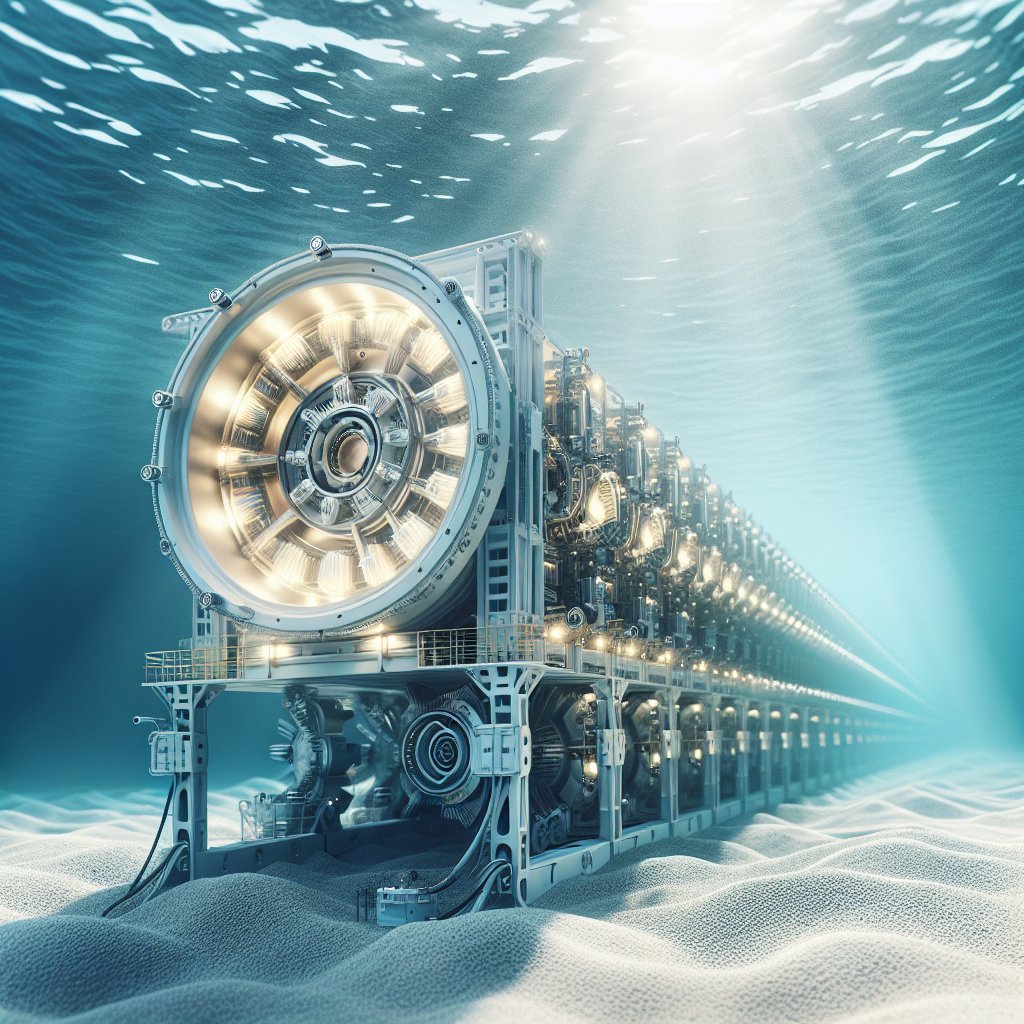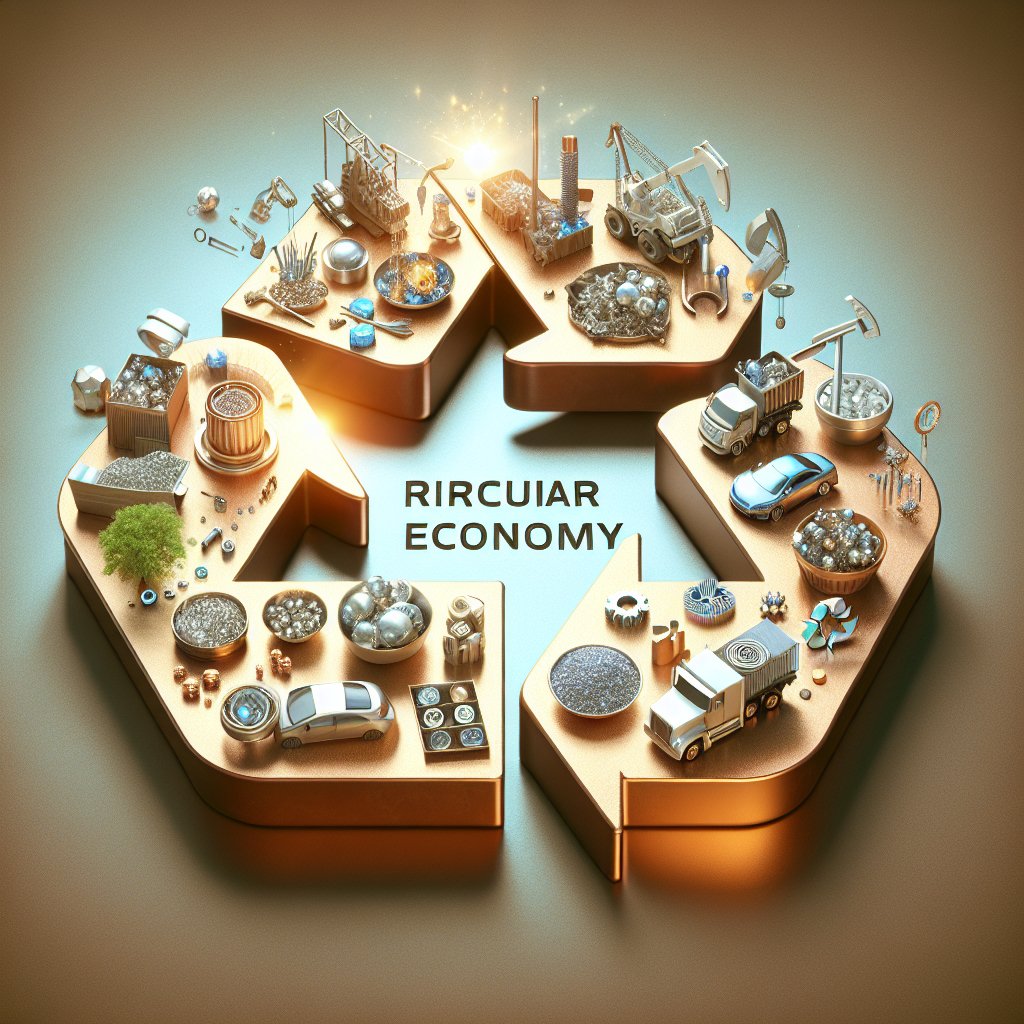Deep-sea mining is emerging as a promising frontier in the quest for new sources of rare metals, which are crucial for modern technology and sustainable energy solutions. As terrestrial resources become increasingly scarce and difficult to extract, the vast mineral wealth hidden beneath the ocean floor offers a potential solution to the growing demand for these essential materials. This article explores the potential of deep-sea mining, the challenges it presents, and the environmental considerations that must be addressed to ensure sustainable practices.
The Potential of Deep-Sea Mining
The ocean floor is a largely untapped reservoir of mineral resources, with estimates suggesting that it holds vast quantities of rare metals such as cobalt, nickel, and rare earth elements. These metals are critical components in the production of high-tech devices, renewable energy technologies, and electric vehicles. As the global demand for these technologies continues to rise, the pressure to find new sources of these metals intensifies.
Deep-sea mining offers a unique opportunity to access these resources. The process involves extracting mineral-rich nodules, crusts, and sulfide deposits from the ocean floor, often at depths of several thousand meters. These deposits are formed over millions of years through geological processes and are found in various locations around the world, including the Clarion-Clipperton Zone in the Pacific Ocean, the Mid-Atlantic Ridge, and the Indian Ocean.
The potential economic benefits of deep-sea mining are significant. By tapping into these underwater resources, countries and companies could secure a stable supply of rare metals, reducing their dependence on terrestrial mining and the geopolitical tensions that often accompany it. Additionally, the development of deep-sea mining technologies could spur innovation and create new industries, contributing to economic growth and job creation.
Challenges and Technological Innovations
Despite its potential, deep-sea mining faces numerous challenges that must be overcome to make it a viable and sustainable option. One of the primary obstacles is the technological complexity of operating in the deep ocean environment. The extreme pressures, low temperatures, and lack of light present significant engineering challenges that require advanced technologies and specialized equipment.
Recent advancements in robotics, remote sensing, and underwater vehicles have made it possible to explore and extract resources from the ocean floor more efficiently and safely. Autonomous underwater vehicles (AUVs) and remotely operated vehicles (ROVs) are being developed to conduct detailed surveys and collect samples from the seabed. These technologies allow for precise mapping and analysis of mineral deposits, enabling more targeted and efficient extraction processes.
Another challenge is the regulatory and legal framework governing deep-sea mining. The United Nations Convention on the Law of the Sea (UNCLOS) provides a legal framework for the exploration and exploitation of marine resources, but the implementation of these regulations varies by country and region. Ensuring compliance with international laws and establishing clear guidelines for environmental protection and resource management are critical to the responsible development of deep-sea mining.
Environmental Considerations and Sustainable Practices
The environmental impact of deep-sea mining is a major concern that must be addressed to ensure sustainable practices. The extraction of minerals from the ocean floor can disrupt delicate marine ecosystems, potentially leading to the loss of biodiversity and the degradation of habitats. Sediment plumes generated by mining activities can smother marine life and alter the chemical composition of the water, with unknown long-term effects.
To mitigate these impacts, it is essential to conduct comprehensive environmental assessments and develop strategies to minimize the ecological footprint of mining operations. This includes implementing best practices for waste management, reducing noise pollution, and monitoring the health of marine ecosystems. Collaboration between scientists, industry stakeholders, and policymakers is crucial to developing sustainable mining practices that balance economic interests with environmental protection.
Furthermore, the potential for deep-sea mining to contribute to the circular economy should not be overlooked. By recycling and reusing materials extracted from the ocean floor, it is possible to reduce the demand for new resources and minimize waste. This approach aligns with global efforts to transition to more sustainable and resource-efficient economies.
In conclusion, deep-sea mining holds the promise of unlocking new sources of rare metals that are essential for the advancement of technology and sustainable energy solutions. However, realizing this potential requires overcoming significant technological, regulatory, and environmental challenges. By prioritizing sustainable practices and fostering international cooperation, it is possible to harness the benefits of deep-sea mining while safeguarding the health of our oceans for future generations.












